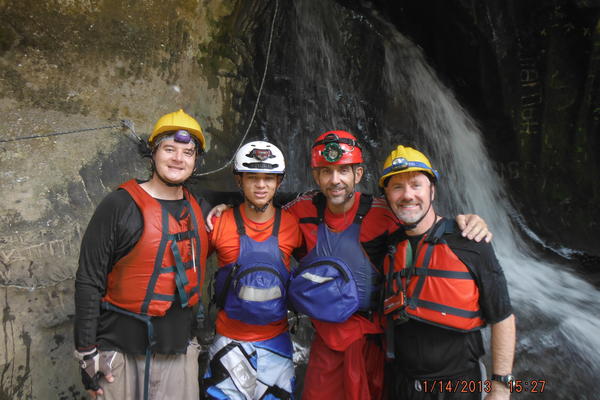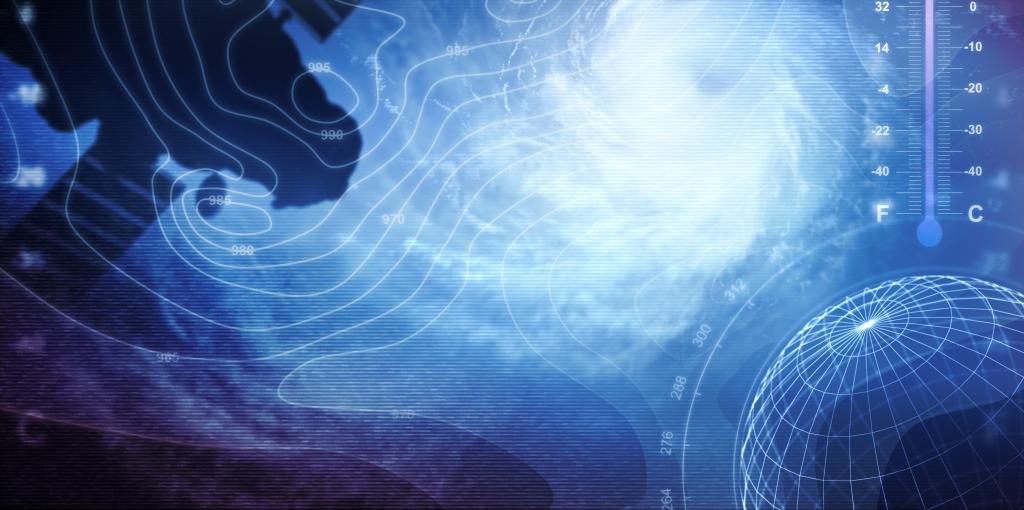Geology, BS
Admission CTAs
Studying the Earth and its processes.
Students receive a broad background in the Earth sciences and select one of five specialty concentrations.
This is a Green Leaf program.

Program Highlights
Mason undergraduates have internships at local government agencies such as the US Geological Survey and the Smithsonian Institution.
Students have the opportunity as upper level students to mentor lower level students by joining the Learning Assistant program. Students may also join the Honors Program.
Faculty have research projects around the world including Europe, Peru, India, West Africa, and many more exciting locations.
Course Catalog
Review admission and course requirements for this degree:
Career Paths
A degree in Earth Science from George Mason University will open doors to many exciting, essential careers such as environmental scientist, resource extraction, geological hazard management just to name a few.
Our graduates have gone on to graduate school at leading institutions across the country and internationally.
Research Opportunities
Mason faculty are actively conducting research in the rock record, coastal processes, structural geology, paleontology and more.
Undergraduates play a vital role in this research, working directly with faculty members and graduate students on their research projects. Many Mason Geology Program undergraduates present research at local, regional, national and international scientific conferences. Several have also published their work with Mason Geology Program faculty.
Concentrations
The concentrations in Earth Surface Processes, Environmental Geoscience, Geology, and Paleontology are solely offered by the Department of Atmospheric, Oceanic and Earth Sciences. The concentration in Oceanography and Estuarine science is offered jointly with the Department of Environmental Science and Policy, where specific advising is also available.
Concentration in Earth Surface Processes (EP)
This concentration focuses on a broad understanding of the physical processes and natural materials found at or near the Earth's surface that have produced the primary landforms and landscapes observed today. Fundamental concepts, methods and techniques of landscape analysis are also examined.
Concentration in Environmental Geoscience (EVGS)
This concentration provides the tools for applying geologic information (on soils, rocks, water, weather, and landscapes) to contemporary environmental problems (including: pollution, waste management, resource extraction, natural hazards, land-use, habitat restoration, species preservation, and human health). Environmental geoscience studies the physical environment in which biological interactions take place, whereby aiding the understanding of ecology.
Concentration in Geology (GEOL)
This concentration is fashioned after traditional geology bachelor's degrees. It allows graduates to be employed as geologists in the field or to pursue graduate studies in geology.
Concentration in Oceanography and Estuarine Science (OEST)
This concentration provides students with a comprehensive knowledge of oceanography. Additional coursework in physical and chemical oceanography give insight into the aquatic environment and its link to both ecosystems and climate. Within the concentration, students can choose an Open Ocean or Coastal Ocean option. The curriculum will emphasize local and regional case studies, in particular the Chesapeake Bay. The program will provide students with the basic training required to allow them to obtain entry level positions in oceanographic and estuarine career tracks or an appropriate graduate degree program.
Concentration in Paleontology (PLEO)
This concentration focuses on a broad understanding of Earth's history and the evolution of life on Earth as revealed through the fossil record. Fundamental concepts, methods and techniques of historical geology and paleontological data and analysis are also examined. This concentration may not be taken in conjunction with the Paleontology Minor.
